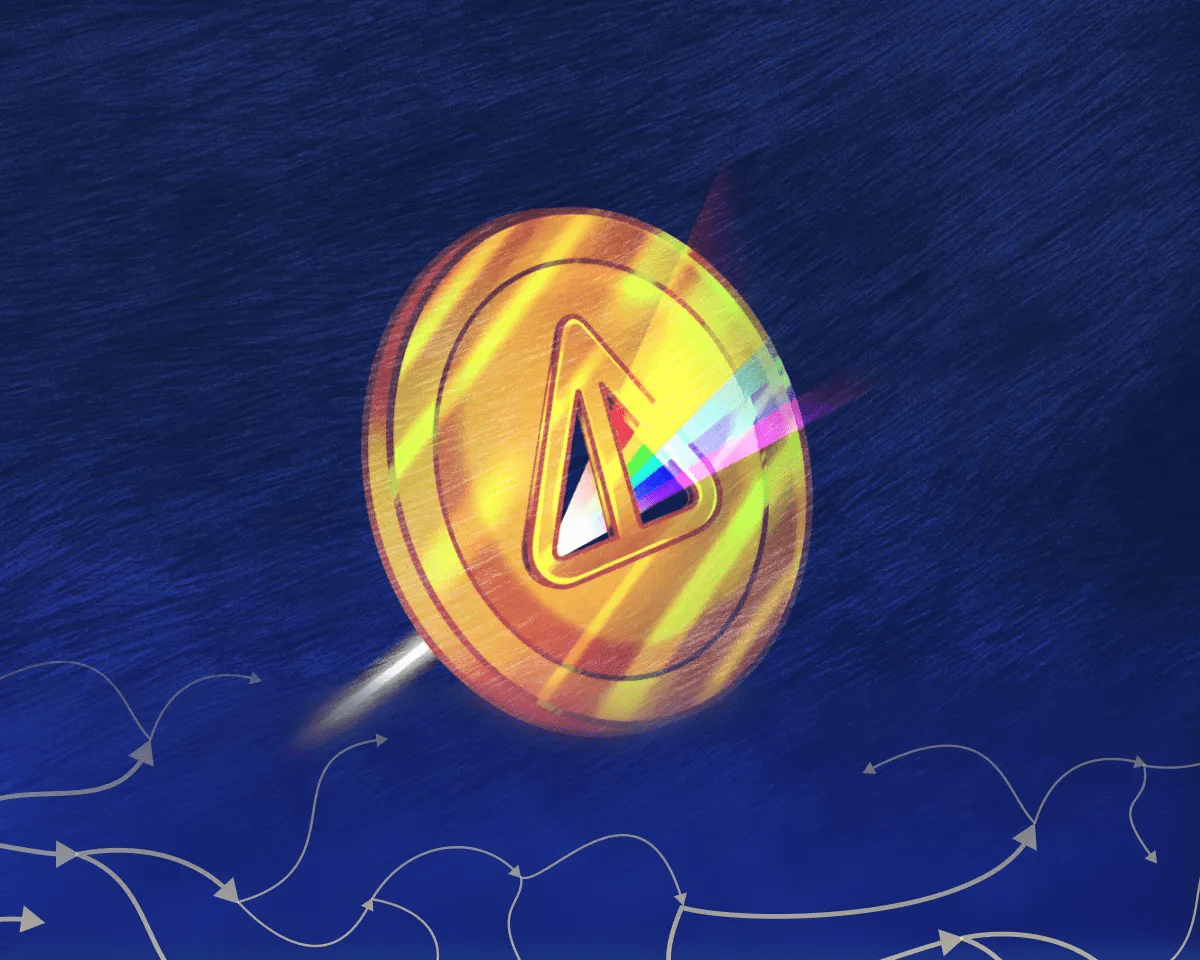
Yesterday, I observed in Notcoin @The Notcoin Official for a while and found that players were cooperating with each other for team tasks, which indeed has something to it. It’s not forced cooperation, but rather the mechanism itself encourages everyone to interact naturally. @The Notcoin Official cleverly combines tasks with token rewards; every click and every action has value feedback, and $NOT distribution is quite fair, which gives the entire ecosystem a solid sense of trust.
From the data perspective, #Notcoin has already accumulated 2.8 million on-chain holders, with 61% of the tokens genuinely circulating on-chain, DEX trading volume exceeding 1 billion dollars, and the project has distributed over 220 million dollars in rewards to the community—96% of the tokens have flowed to users. This completely community-oriented distribution model is actually rare in today’s crypto projects.
I think the most remarkable aspect of Notcoin is that it has greatly lowered the participation threshold for Web3 in a very lightweight way. You don’t need to understand private keys, Gas, or even leave the Telegram interface; you can get tokens with just a few clicks. This experience is very similar to early internet products: simple, direct, with feedback, making it easy to form habits. I have friends who click a few times every day, saying, 'It’s like clocking in, it’s addictive.'
Moreover, it has already launched on 15 trading platforms including Binance and Bybit, with liquidity depth and global recognition continuously improving. As the current flagship token of the TON ecosystem, Notcoin not only drives the data growth of the entire TON chain—such as the number of wallets increasing from 200,000 to 8.4 million in half a year—but also genuinely helps more people understand what a 'community-driven token economy' is.
@The Notcoin Official It even starts to break into mainstream. I heard that some middle-aged and elderly users who originally had no contact with crypto have started to become curious and click because of recommendations from friends and family—this kind of virality is not something ordinary projects can compare with.
In the long run, the imaginative space of #Notcoin may extend far beyond just a click game. Relying on TON's high performance, it can fully expand into various scenarios such as payments, memberships, and light games in the future, continuously retaining these millions of users within the ecosystem. It is not like some short-term hype projects; it is genuinely focused on user retention and community building.
So if you ask me whether Notcoin has investment value, I think its core lies not in the price fluctuations of the coin, but in the new possibilities it showcases: when you completely hand over the tokens to the community, when participation becomes barrier-free, and when interaction itself generates returns—projects can grow on their own. This model is worth a careful look by everyone interested in Web3.

